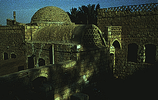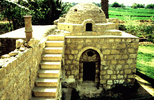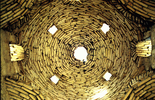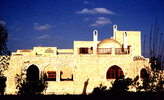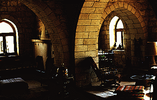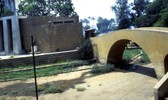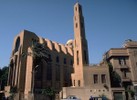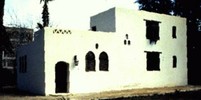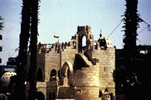Concepts
Historical Background: The last four decades witnessed the resurgence of a historicist movement in architecture in the Islamic world that was influenced by contemporary architectural thinking in the West and fervent searches for cultural identities in the recently formed nation-states. The manifestations of this movement range from the romantic approach to historical precedents, to the free, and often arbitrary, usage of forms detached from their historical and geographic contexts, to the rational, abstracted, and at times minimalist, projects of architects trained in the modern tradition who applied logical and deductive methods to their dealing with history, to the scientific historicism whose proponents classify, analyze, and re-interpret historical examples to justify their uses.
Hasan Fathy: (1900-1989) The visionary Egyptian architect and pioneering advocate of revivalism. His buildings adapt selected vernacular examples and recast them through subjective and lyrical interpretations of traditions.
Ramses Wissa Wassef: Another visionary architect with a socio-religious mission that found its expression in the new arts and crafts center that he establsihed and built in stages in the village of Harraniya outisde Cairo on the Saqqara Road.
`Abdul al-Wahid al-Wakil: A disciple of Hasan Fathy who freely blends together forms, and even fragments of forms, to create plastic, sculpture -like structures.
`Abd al-Halim Ibrahim `Abd al-Halim: A prominent Egyptian historicits architect who deconstructs historical forms and reuses them in new abstract compositions.
Monuments

